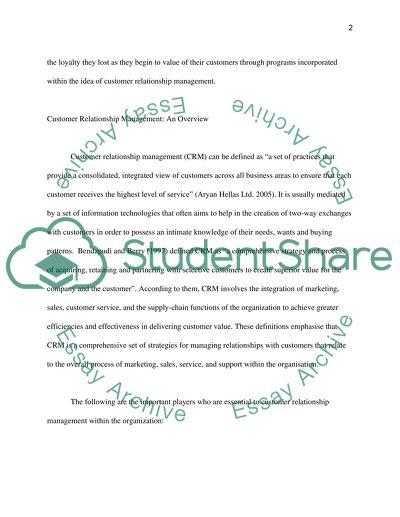Cite this document
(“Customer Relationship Management and Technology Essay”, n.d.)
Retrieved from https://studentshare.org/environmental-studies/1417693-customer-relationship-management-and-technology
Retrieved from https://studentshare.org/environmental-studies/1417693-customer-relationship-management-and-technology
(Customer Relationship Management and Technology Essay)
https://studentshare.org/environmental-studies/1417693-customer-relationship-management-and-technology.
https://studentshare.org/environmental-studies/1417693-customer-relationship-management-and-technology.
“Customer Relationship Management and Technology Essay”, n.d. https://studentshare.org/environmental-studies/1417693-customer-relationship-management-and-technology.


